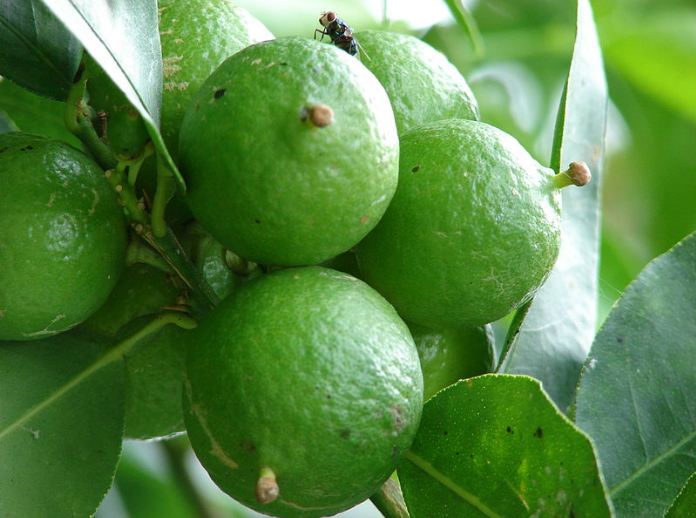Key limes are hybrid citrus fruits with a 1-2 inches wide spherical shape. It has a green color but becomes yellow when it matures. A ripe key lime, for its size, feels heavy.
Key limes are very juicy and aromatic with a more acidic and stronger flavor than Persian limes. They are also known as Mexican limes. They also have higher sugar and citric acid content than lemons and Persian limes.
The perfect aromatic flavors make key limes a top pick for bartenders and pie bakers worldwide. They also have a myriad of health benefits. Given the importance, let’s look at everything to know about key limes.
Varieties of Key Lime Trees
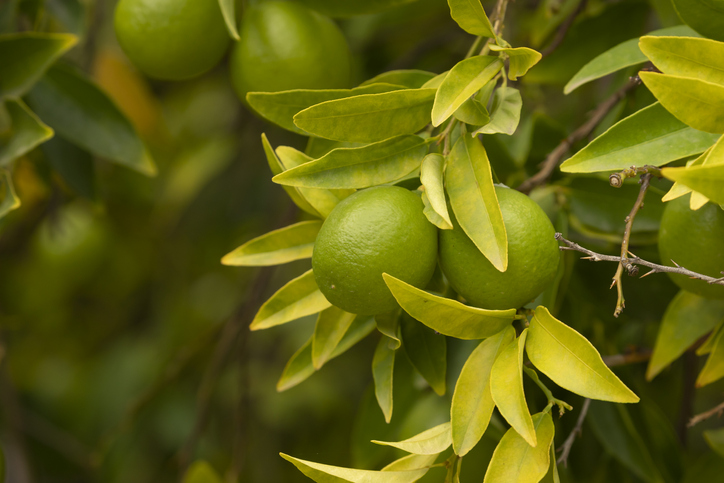
Varieties of key limes depend on the type of Key lime trees they are laden on. The following are the four main varieties of its trees with characteristics of the fruit they grow:
1. Key Lime Hybrids
The Tahitian lime (Citrus x Latifolia) and the limequat (Citrus x Fortunella) are Key lime hybrids. Laden on lime trees that cross-pollinate, the trees of these variants are more tolerant to low temperatures. However, the fruit has the same standard size and taste in most cases.
2. Dwarf Key Lime
These key lime dwarf variants are suitable for container farming, enabling gardeners in cold climates to overwinter the trees in sunrooms and greenhouses. A thorn-less variety of dwarf key lime is also available, but it produces fewer fruits than a classic lime tree. All dwarf varieties grow fruit of the same size as the original tree.
3. The Giant Key Lime
The Giant Key lime trees are the same height as a regular key lime, and the fruits are up to 4 inches, twice the size of the parent fruits. The texture is the same as the lime in the key.
4. The Original Key Lime
The original ones are 1 1/2 inches in diameter with a thin curd and bitter, juicy tissue. Particularly vulnerable to cold, home farmers nurture Key lime trees in the United States in microclimates. Their agricultural groves exist in tropical countries, including Central and South America, Egypt, India, Mexico, and the West Indies.
Nutritional Value
Key limes are laden with vitamins and minerals. One medium-sized key lime of about 67 grams contains approximately just 20 calories. It means that key limes are not only a treat for the taste buds but are highly nutritious citrus for consumption. They help promote vital body functions. The following are some of the nutrients Key Limes are rich in with their content:
- Calories: 20
- Carbs: 7 grams
- Calcium: 2%% of the RDI
- Vitamin B6: 2% of the RDI
- Thiamine: 2% of the RDI
- Potassium: 1% of the RDI
- Protein: 0.5 grams
- Fat: 0.1 grams
- Fiber: 1.9 grams
- Vitamin C: 22% of the Reference Daily Intake (RDI)
- Iron: 2% of the RDI
Benefits of Key Limes
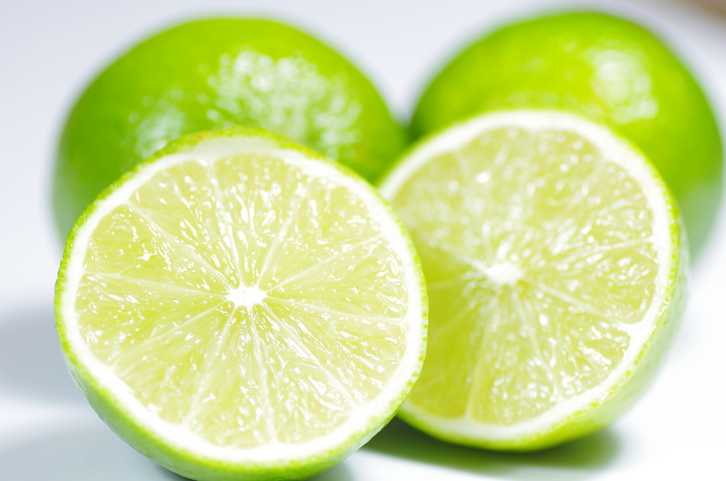
Because of their nutritional value, key limes provide several health benefits. The following are some common ones:
1. Immunity Boost
Vitamin C in key limes may help boost immunity. Research indicates that vitamin C positively impacts the production of white blood cells that launch immune responses. Furthermore, clinical studies have also revealed that vitamin C intake can shorten the severity and duration of colds.
Vitamin C also aids the healing of wounds by stimulating collagen production and reducing inflammation.
2. Reduces Risk of Heart Issues
Research indicates that Key limes help lower high blood pressures due to Vitamin C. It may protect you against atherosclerosis as well. It may also help you in reducing weight.
3. Prevention of Kidney Stones
Citrus fruits like limes with a high citric acid content can prevent kidney stones. Their intake raises the citrate levels and helps stones pass.
4. Antioxidant Properties
Antioxidants are integral to defend against free radicals that damage cells. Key limes possess multiple antioxidants like flavonoids, kaempferol, limonoids, ascorbic acid, and quercetin. Flavonoids, in particular, have anti-carcinogenic, antibiotic, and detoxifying properties.
Key limes may also help treat cancers, enhance skin health, and increase iron absorption.
How to Use Key Limes?
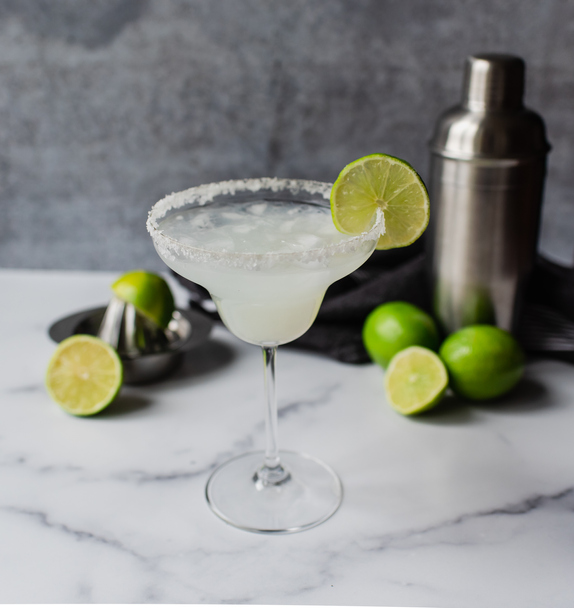
There are several ways to use Key limes for their benefits and taste. The first step is to choose the right key lime: make sure the skin is yellow as it is a characteristic of a ripened one. Many people consume Key limes in the form of juice. You may use its zest as well for a strong flavor. No special preparation is needed: you require a clean fruit and a juicer. Some people think key limes would produce more juice if you roll it before juicing. It is an unfounded misconception. Wash the fruit, pat dry the skin and use a zester to remove the zest. Cut it in half before juicing. Once done, enjoy your juice with some zest or other limes as garnish.
Fresh key lime may also flavor and garnish beverages and cuisines, owing to its bouquet and distinctive taste. For instance, Key lime pie is the ultimate summer treat, arguably. It’s smooth and creamy, tart and sweet. The flavor on a hot day is infinitely refreshing if you eat it chilled (or better yet, frozen). You may try cupcakes, blondie bars, and trifles featuring key limes.
How to Grow & Maintain Key Limes
With the proper knowledge, anyone can raise Key lime trees. Let’s take a look at how Key lime trees thrive, and you may care for them.
- Start by selecting a safe tree while learning how to grow Key lime trees. Since this indicates bug damage, the leaves should not have holes or ragged edges. Inspect the vegetation for bug infestations, with a focus on the underside of the leaves. Turn the plant over to look for roots in the bottom drainage holes. Once chosen, take it with you.
- Allocate an area in your garden for Key lime plants as per their needs. Choose a side with at least 10 hours of sunlight exposure. Remember that they are susceptible to cold temperatures. Hence, if you live in California, place this tree in a protected area, like the south side of your home.
- Make sure your soil has a pH range of 6.1 to 7.8. It should also be well-drained.
- To plant your tree, prepare a circle with a 4-foot diameter. Modify the soil with organic compost of 4 to 5 inches and add it to a depth of 36 inches. Level the ground with your rake, and then let it settle for a week. When digging the planting hole, make it twice as big as the root ball, with an equal diameter. Check it for roots before you plant your Mexican Key lime tree. Move them softly out from the sides of the root ball with your fingertips if you see any. They will gradually choke the tree to death if the roots are left growing in this position. Center the root segment in the hole and ensure that 1/4 to 1/2 inch higher than the surrounding soil is the top of the root ball. Cover the dig around the root ball with dirt, firming it as you go to destroy air pockets.
- Water them once a week. Use fertilizers with high nitrogen content. If you see yellow leaves, add magnesium and nitrogen.
- Use a strong blast of water from a hose to knock off the insects from the tree. You may use insecticidal soaps or neem oil sprays to prevent plant diseases.
Key Lime Festival
Since 2002, every weekend of the 4th of July in Key West Florida, Americans have celebrated the Annual Key Lime Festival. The festival boasts a celebration of Key limes in several foods, beverages, crafts, and cultures. At the end of each festival, participants enjoy Tequila and use key limes as chasers.
Key Lime and Regular Lime – The Difference
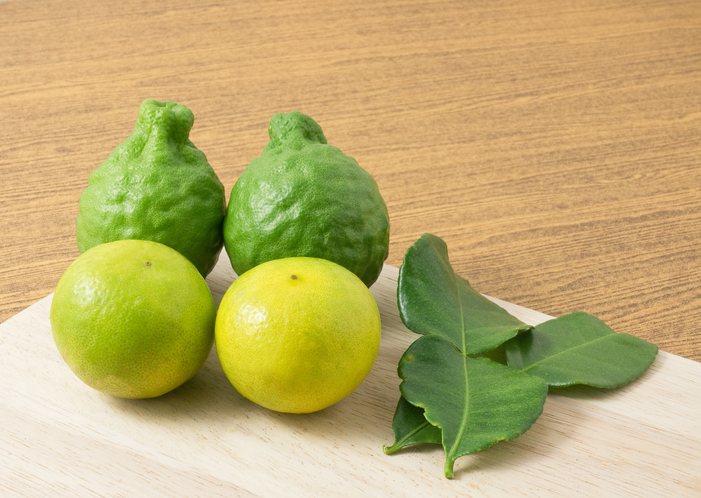
Key limes are quite small and spherical compared to regular lime. They have a thin outer skin that you can peel off very easily and contain less amount of seeds than the regular lime. Regular lime is most commonly known as Persian lime and is less juicy than its counterparts.
Compared to Persian or regular lime, key limes are mainly about the size of a golf ball or a Ping-Pong ball, which means that even though they are less juicy than the key limes, they have more juice. Key limes are the immature version of the regular limes. Their ripened color is yellow, indicating that the fruit has less acidic content than the regular ones.
Substituting Key Lime for Regular Lime
If you are thinking of substituting key lime for the regular one, it is vital to know the exact measurements of juice required as there is a considerable size difference between the two. Key limes might be juicier than the regular ones, but their smaller size means you might get less juice from them than regular or Persian lime.
Therefore, it is important to know the amount of juice required instead of the number of key or regular limes used.
Buying Key Limes
Florida is one of the biggest harvesters of Key limes in the US. Key limes are not readily available at supermarkets in other states. Since their long-distance transportation and shipping are pretty difficult, key limes are relatively more expensive than the regular ones. The best way is to buy bottled key lime juice from big superstores, as bottled juices are also easier to store than the actual fruit.
Storing the Key Limes
You have to store key limes at room temperature, just like the Persian ones. If the key limes are ripe, it is best to use them within two days. Never make the mistake of storing key limes in the fridge as it only speeds their decaying process.
One hack to store key lime juice for a long time is to extract all the juice and preserve it in an ice cube tray. Freeze the juice cubes properly before transferring them to a big freezer bag for up to six months. It is one of the easiest ways to store key lime juice when you cannot find key limes in stores near you. You can take out one or two cubes, as per your use, mix it in the dish, and enjoy.
Conclusion
Although small, key limes are a highly nutritious hybrid citrus. Head over to your grocery store today and add them to your cart for a healthy life ahead!

